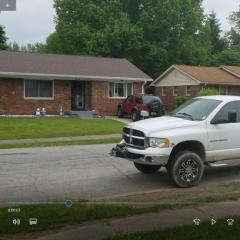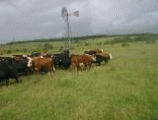For Sale - 2006 Dodge Ram 2500- Flatbed for long box bed Winch bumper Flat Bed for Long Box 3rd generation Cummins Tootlbox are included with key I have a flatbed for 3rd Generation dodge Cummins. This flatbed comes with a gooseneck hitch already in the bed. The winch bumper is part of the set. Tootlbox have a key to lock and unlock all box a single key. There is rust starting and electrical will have to be sorted out on your own.
-
Price: $1,000.00
-
Location: New Meadows, Idaho
 dennhop 3 posts
dennhop 3 posts rancherman 3 posts
rancherman 3 posts Mopar1973Man 2 posts
Mopar1973Man 2 posts


So, for those that don't know, my truck is a hodgepodge of wiring, parts, and different model years-which while it runs, it does cause some issues. One of them that I've temporarily found a workaround for, is the AC. Getting it to run through the PCM and actual harness is out of the question-I have no clue how everything was spliced together, and i don't have the time or extra vehicle to use to tear the wiring apart and trace everything down right now. I have been able to get the compressor to activate, by running a relay off the battery, to a toggle switch inside the cab-but, if it's not retarded hot outside, I do have to shut it off periodically, as the lines will freeze up, and it will stop blowing cold air. I'm guessing this is because I don't have the low pressure switch and the high pressure switch in the system, but is there a way to get those to activate, while running power directly off of the battery? I'm not entirely sure how those two exactly work, to see if its even possible to do. Any ideas?